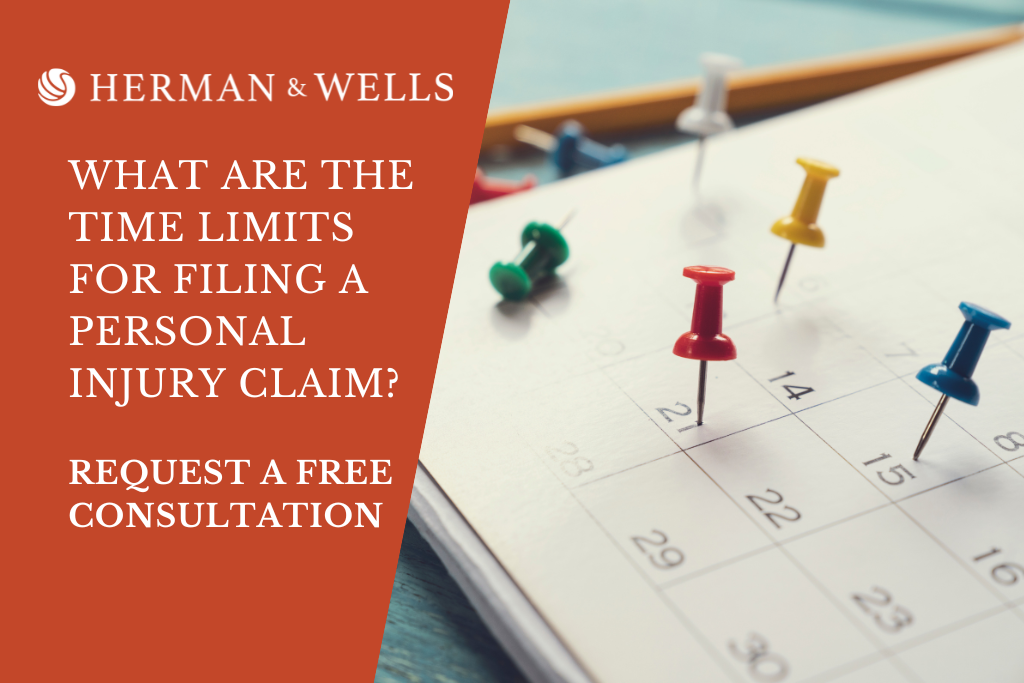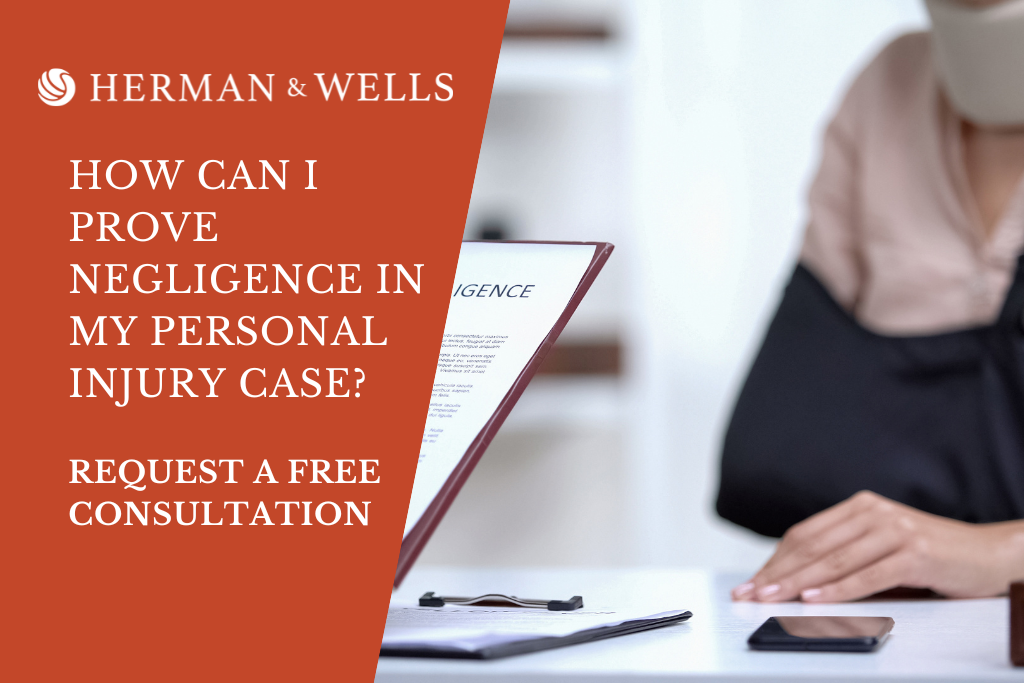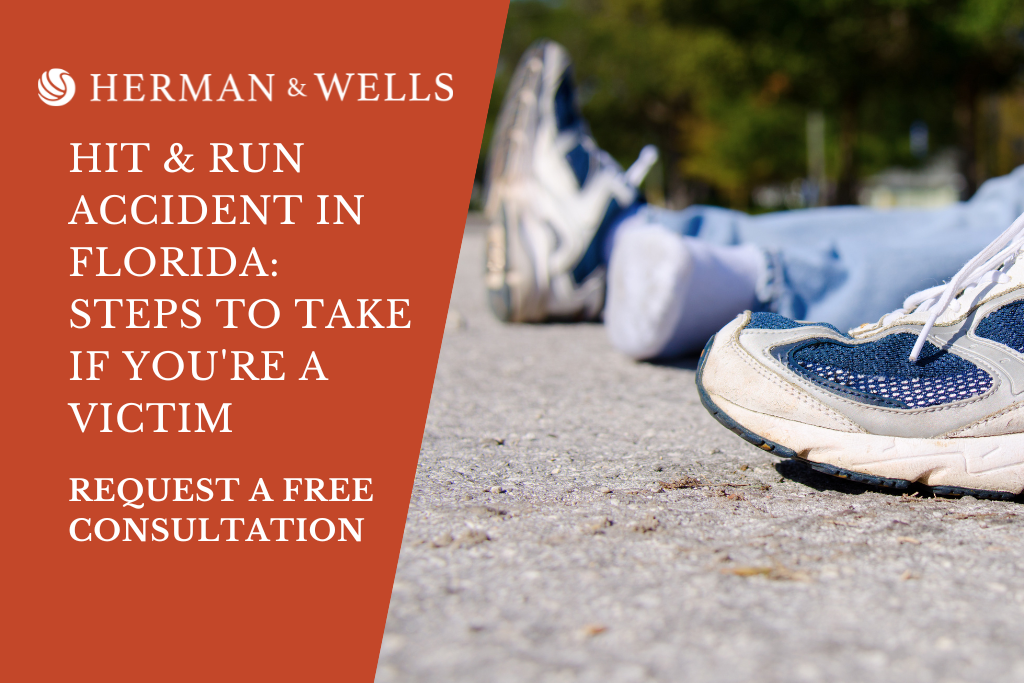You have been in an accident caused by some negligent person or company and you’re hurt. How much should you hold out for? Answering that question starts with finding out what kinds of losses can you ask for reimbursement for.
Filling Out A Verdict Form
Once you get past proving that someone else was negligent or otherwise responsible for your injury, a jury would then decide how much money to provide for each category of damage. At the end of your personal injury trial, a jury would normally fill out a Verdict Form.
The verdict form is where they determine how much money you will get for each element of damage. Before that, an insurance adjuster will consider the insurance companies’ exposure to a verdict and may make an offer to settle, depending on that exposure.
Verdict forms templates for personal injury cases can be found in the Appendix of the Florida Civil Jury Instructions. They can and do get altered depending on the case, but they are a good starting point.
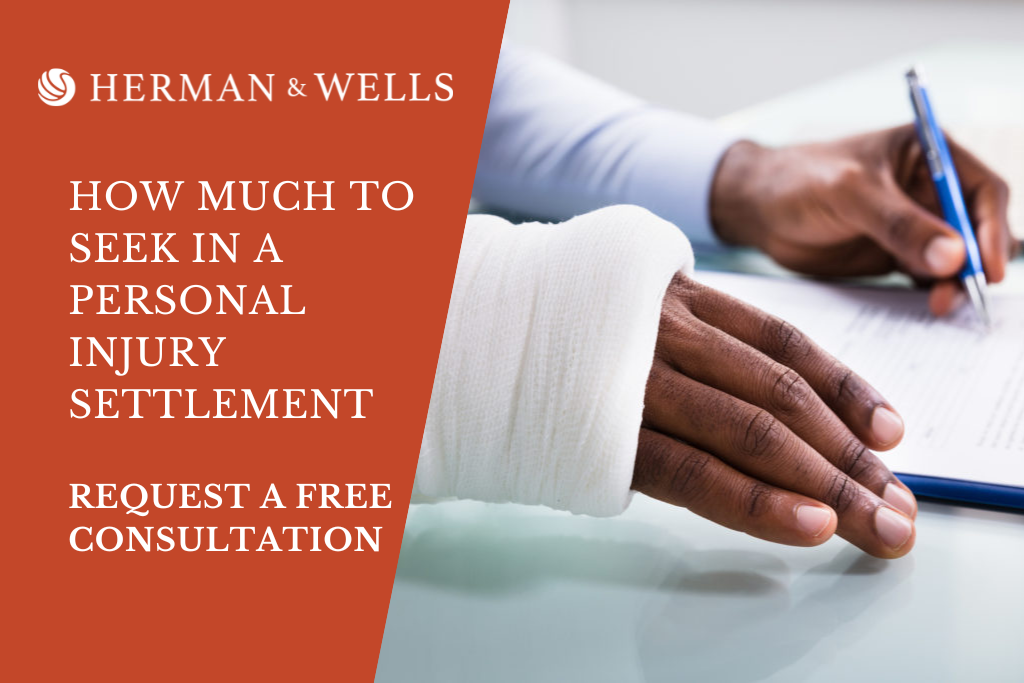
The Cliff Notes: Key Takeaways From This Post
- 1A jury will normally fill out a verdict form in the case of a personal injury trial, determining how much money to provide for each element of damage.
- 2Forms templates for personal injury cases can be found in the Florida Civil Jury Instructions.
- 311 forms of reimbursement your lawyer will help you seek include: past and future medical expenses, pain and suffering, disability/physical impairment, disfigurement, mental anguish, inconvenience, aggravation of a disease or physical defect, loss of capacity for the enjoyment of life, lost wages/earning capacity, consortium and other derivative claims and punitive damages.
- 4An experienced personal injury attorney is necessary to determine how much will be recovered for each element in an individual’s case.
11 Forms Of Reimbursement Your Lawyer Will Help You Seek
Keep in mind that this article does not go into certain cases like wrongful death, bad faith insurance, or defamation, which have their own rules.
Also keep in mind that many thousands of pages have been written on each one of these elements, so this is just a very general summary of negligence personal injury damages as of the date of this article.
You really need to talk to a qualified, very experienced personal injury attorney to apply the rules to your case:
1. Past And Future Medical Expenses
Your past medical expenses may seem easy, but insurance companies often argue that even the most reasonable bills are too much, or that the most straightforward medical expenses for a specific injury were not the result of this particular incident.
Future medical expenses are determined by a number of factors. A few include what qualified physicians think they will need as they go through life, how much treatment they want, and oftentimes, right or wrong, we notice juries look at how much the injured person has been getting to help determine how much they will get in the future.
2. Pain And Suffering
This should definitely not be associated with how many medical expenses there are. If modern medicine just cannot do much for a person’s pain, the amount of money on a verdict form for pain and suffering should go up not down.
The ways juries typically tell how much pain a person is in is by listening to the person, hearing what they have been telling their doctors, listening to a couple (we are often limited to two) people who know the plaintiff, and looking at the change in that person’s lifestyle.
3. Disability/Physical Impairment
Is the plaintiff completely unable to do something that they used to be able to, like turning their head, raising an arm or bending over? Those are examples of a “physical impairment.” When a person has difficulty doing some activity, it is generally recognized as a disability. Oftentimes, the disability or impairment is independent of pain and affects a persons’ life.
4. Disfigurement
This is exactly what you would expect. Disfigurements we see include scarring or changes in a person’s physical appearance. Burns, broken bones that heal with lumps, and even grade 5 shoulder AC separations are examples of something you can see even if they are repaired surgically.
5. Mental Anguish
Examples of mental anguish include feelings of fright, stress, distress, depression, or grieving a loss. These are sometimes more emotional injuries. PTSD is something you may hear about the most, but it is definitely not as common for injured people as depression.
6. Inconvenience
Visiting a doctor may not seem like that big a deal, but what if you had to go once a month for the rest of your life? What if it was once a week? Oftentimes, people with neck or back injuries spend the rest of their lives trying to control the symptoms. This inconvenience is a separate loss from the pain itself.
7. Aggravation Of A Disease Or Physical Defect
What if someone has pain from an old injury but is hit by a car or falls down because of an employee’s negligence and now their pain is worse? This is very common because an injury often makes a person more susceptible to further injury. Can the person still make an insurance recovery for the aggravation of their old injury? The answer is yes.
8. Loss Of Capacity For The Enjoyment Of Life
What is your favorite activity? Reading a good book? Gardening? Jogging? Playing with kids or grandkids? Now, what if you were told you would never enjoy that the same again? That loss is what is called the loss of capacity for the enjoyment of life. It is not just an inconvenience. And it needs to be identified as its own category of loss.
9. Lost Wages/Earning Capacity
Lost wages are wages that you would have earned had you not been injured in the accident. Lost Earning Capacity of what you will lose in the future due to an injury.
10. Consortium And Other Derivative Claims
Consortium is a common word for a type of derivative claims or claims that people other than the original harm may have. The current version of the template verdict form in the Appendix of the Florida Jury Instructions asks for the total amount of damage sustained by way of lost comfort, society, attention or services.
11. Punitive Damages
We covered these on another page. To see it, click here.
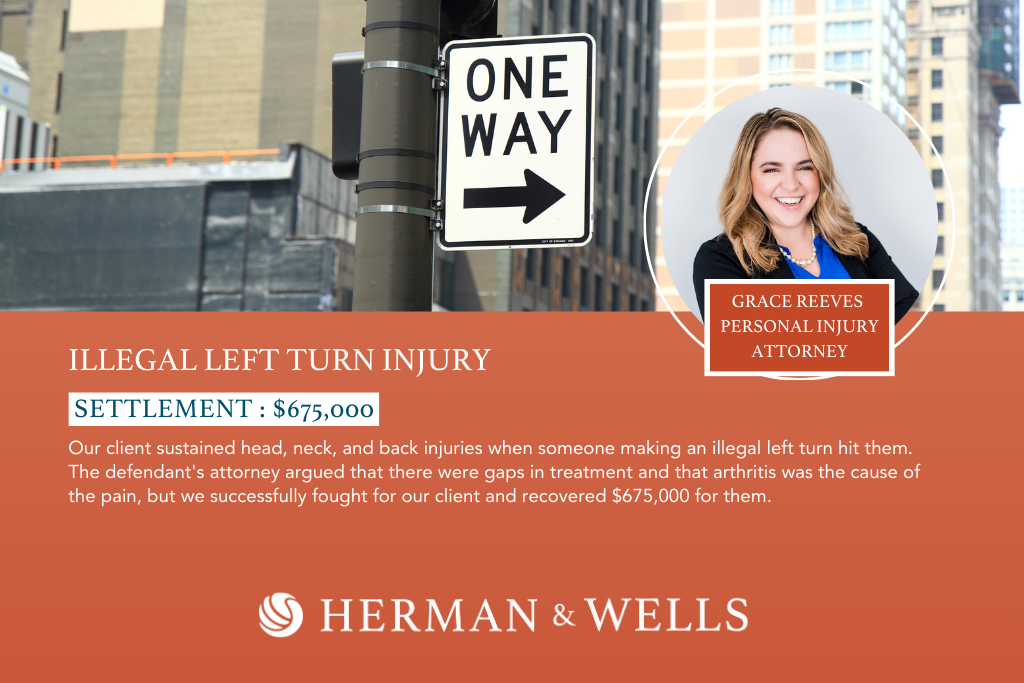
Retain A Lawyer Who Is On Your Side
As you can see, each category of “damage” or loss that you have incurred in a car crash, fall, defective product, or some other form of negligence is a question in and of itself. How much for your case will depend on your particular case.
Your best bet is to call an experienced personal injury attorney. A consultation with Herman & Wells would be free. If we take your case, we will work on a contingency fee, where we only get paid a percentage of what we recover for you. Call (727) 821-3195 for a free consultation today.

